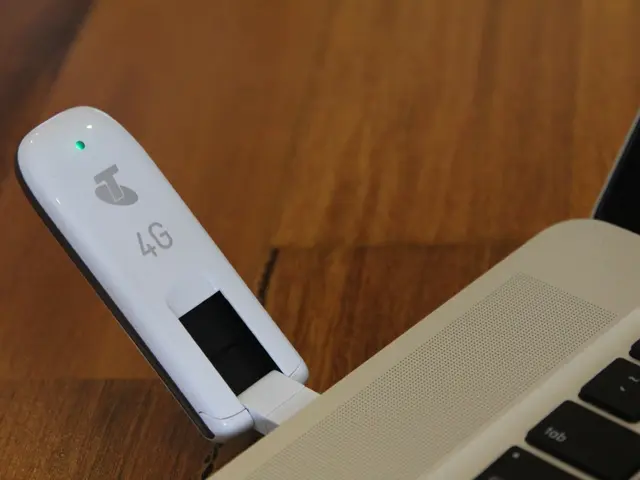Cybersecurity industry demands: Insights from current market trends
In today's interconnected world, cybersecurity has become a paramount concern for individuals and businesses alike. Here are some practical measures that can help bolster your digital defenses, based on recent studies and industry best practices.
Firstly, enabling full-disk encryption on devices that support it, such as BitLocker, is crucial. This measure can significantly reduce the risk of data breaches in the event of a device theft or loss.
A staggering 70% to 90% of cyberattacks are estimated to involve Office macros. Disabling these macros is a quick win that rarely disrupts workflows, offering a simple yet effective line of defense.
Patching remains one of the most effective but inconsistently executed cyber hygiene practices. Regular updates and patches can help protect against known vulnerabilities that cybercriminals often exploit.
To prevent payload downloads, it's advisable to block most outbound internet access from servers. This measure was highlighted in the aftermath of high-profile attacks like SolarWinds and Exchange.
Granular file access controls, web content filtering, and comprehensive file activity auditing are other essential measures that can help reduce risk and provide crucial insight during both incident response and proactive monitoring.
A 24/7 Security Operations Center (SOC) or Managed Detection and Response (MDR) provider is essential for containing attacks in real time. They offer round-the-clock monitoring and response capabilities, helping to mitigate the impact of cyber threats.
Controlling RDP and SMB ports, disabling Office macros, and removing VPNs unless essential are other measures that can help reduce the risk of ransomware attacks. Removing local administrator rights, applying Application Allowlisting, and disabling SMBv1 are additional steps that can limit what attackers can do, even if they manage to run ransomware.
Multi-factor authentication (MFA) is critical for all remote accounts, including Microsoft 365, Google Workspace, domain registrars, and remote access tools. USB drives should be blocked by default, with exceptions for encrypted, approved drives on a case-by-case basis.
According to a study in Cyber Risk and Cybersecurity: A Systematic Review (2021), the global cybercrime cost nearly $1 trillion in 2020. The World Bank projects that global cybercrime will rise to $10.5 trillion for 2025. These figures underscore the urgent need for effective cybersecurity measures.
Finally, technologies like RingfencingTM can help prevent apps like Microsoft Word from launching other programs such as PowerShell, providing an additional layer of protection against potential threats.
By implementing these measures, you can significantly enhance your cybersecurity posture and help safeguard your digital assets. Stay vigilant, stay secure.
- Full-disk encryption, such as BitLocker, is essential for devices to reduce the risk of data breaches in theft or loss scenarios.
- Disabling Office macros can offer a simple yet effective line of defense against cyberattacks, with an estimated 70% to 90% involving these macros.
- Patching regularly is crucial for protecting against known vulnerabilities often exploited by cybercriminals, making it one of the most effective cyber hygiene practices.
- Blocking outbound internet access from servers and implementing granular file access controls, web content filtering, and comprehensive file activity auditing can help reduce risk and provide insight during incident response and proactive monitoring.
- A 24/7 Security Operations Center (SOC) or Managed Detection and Response (MDR) provider is vital for containing attacks in real time, providing round-the-clock monitoring and response capabilities.
- Multi-factor authentication (MFA) is critical for all remote accounts, as cybercrime cost nearly $1 trillion in 2020 and is projected to reach $10.5 trillion by 2025. Technologies like RingfencingTM can provide an additional layer of protection against potential threats by preventing apps like Microsoft Word from launching other programs.








